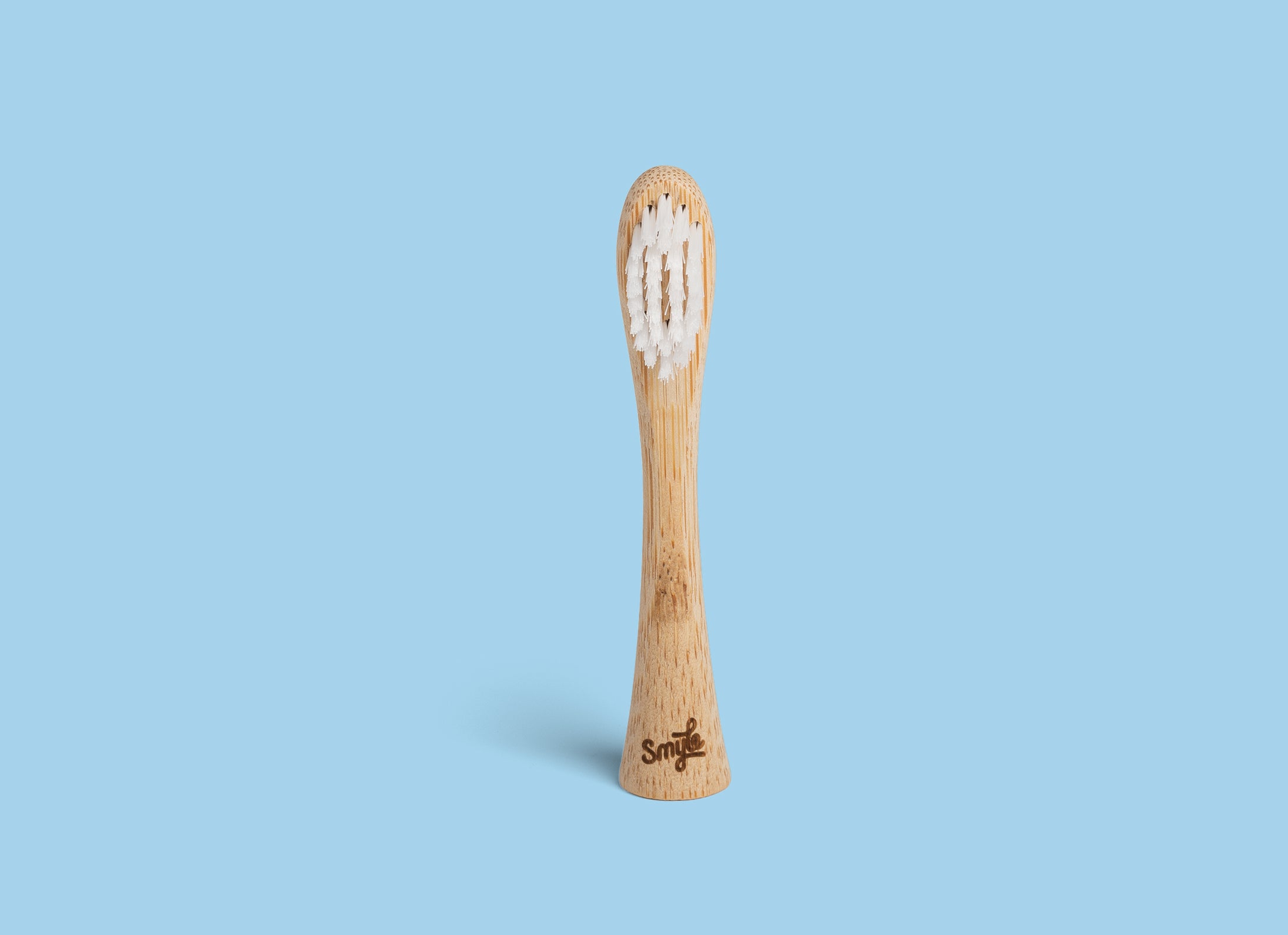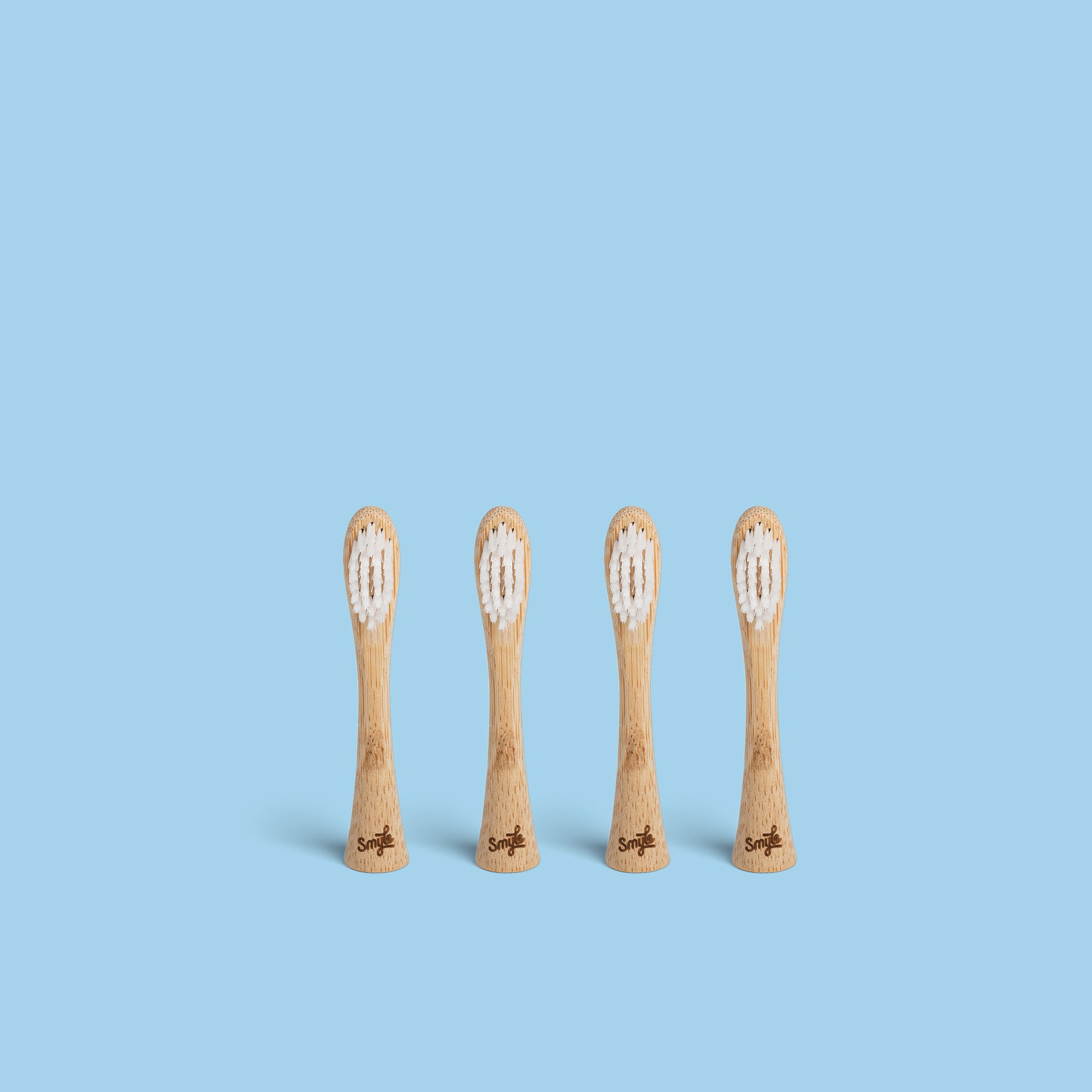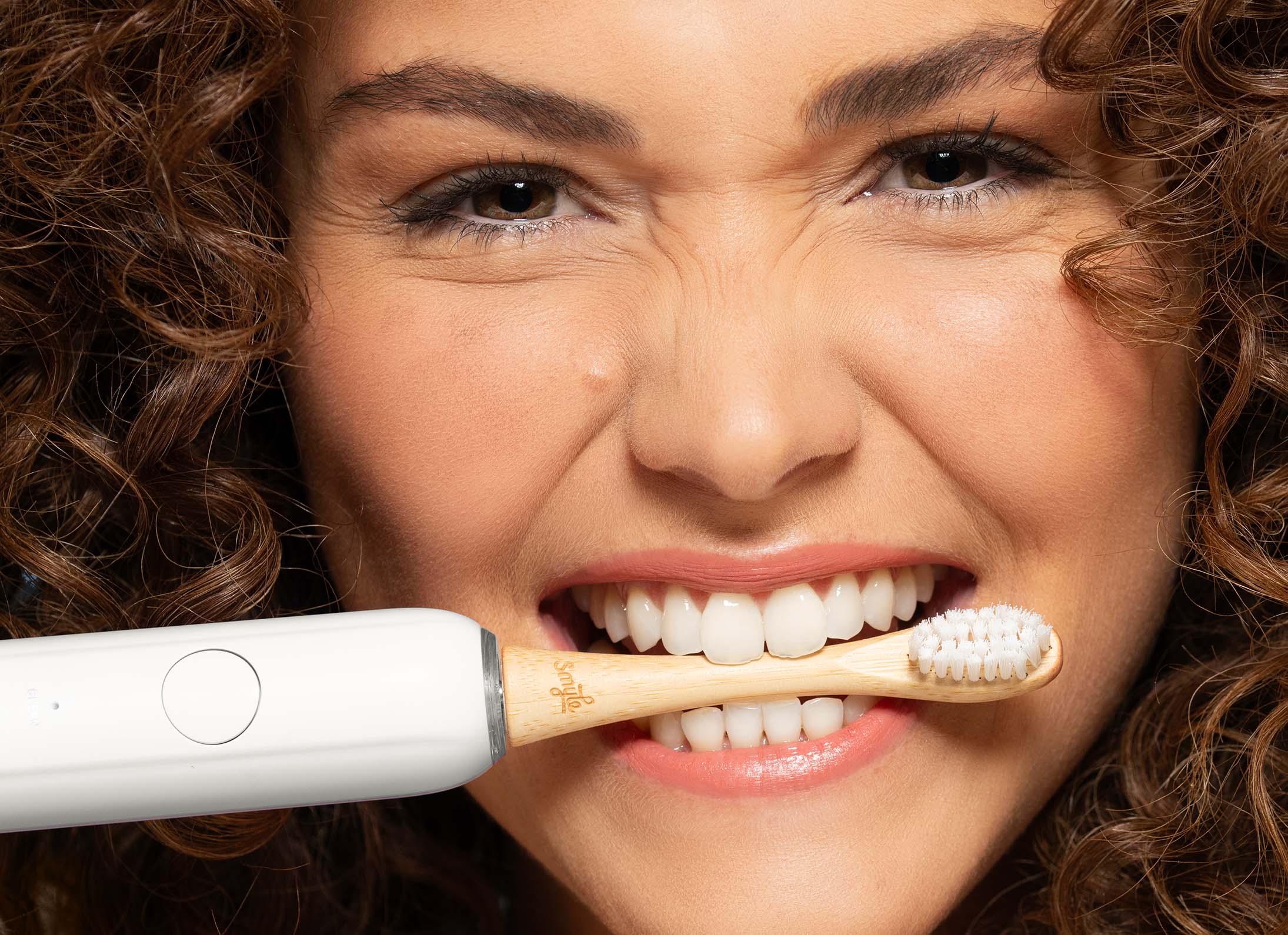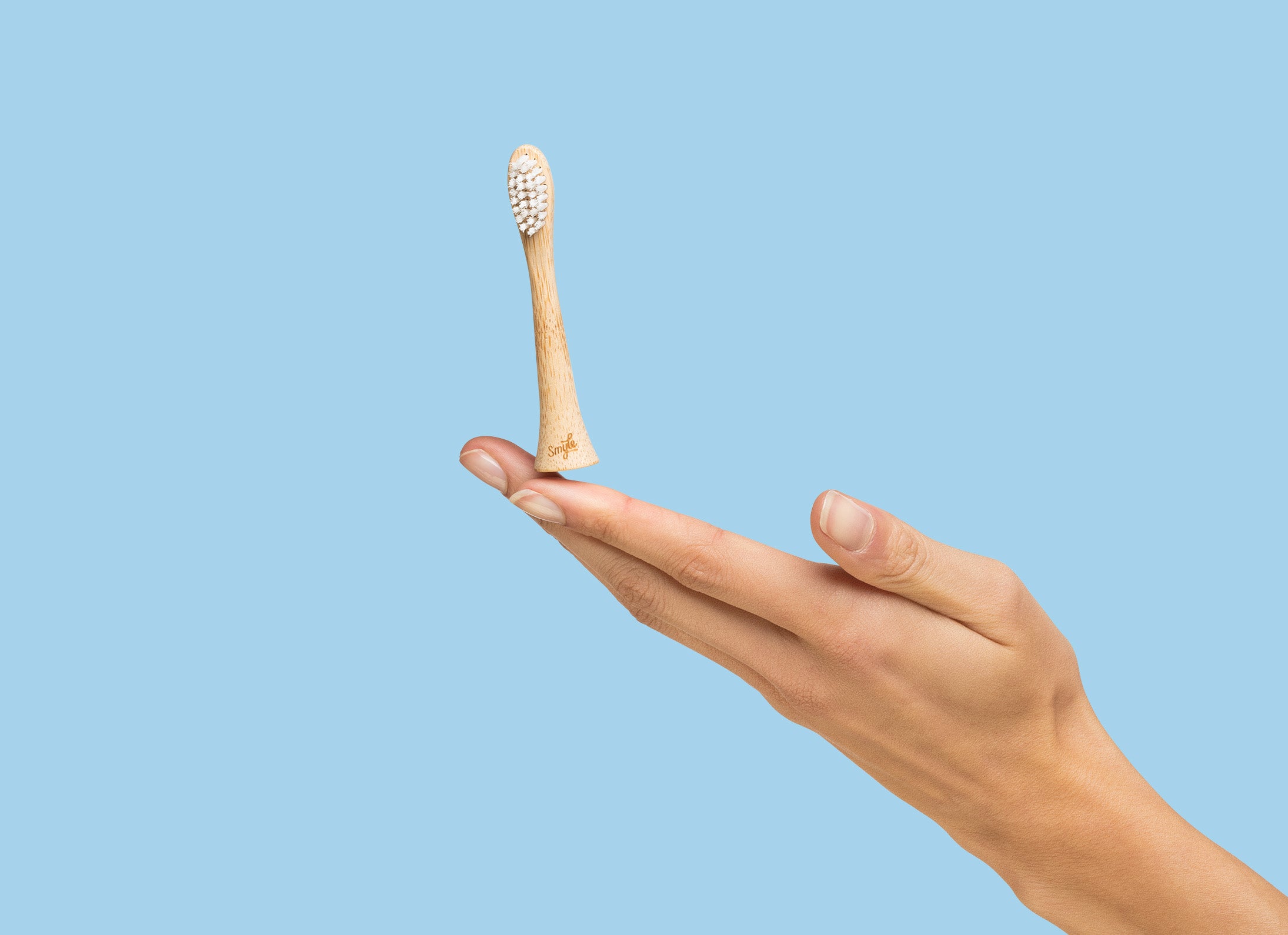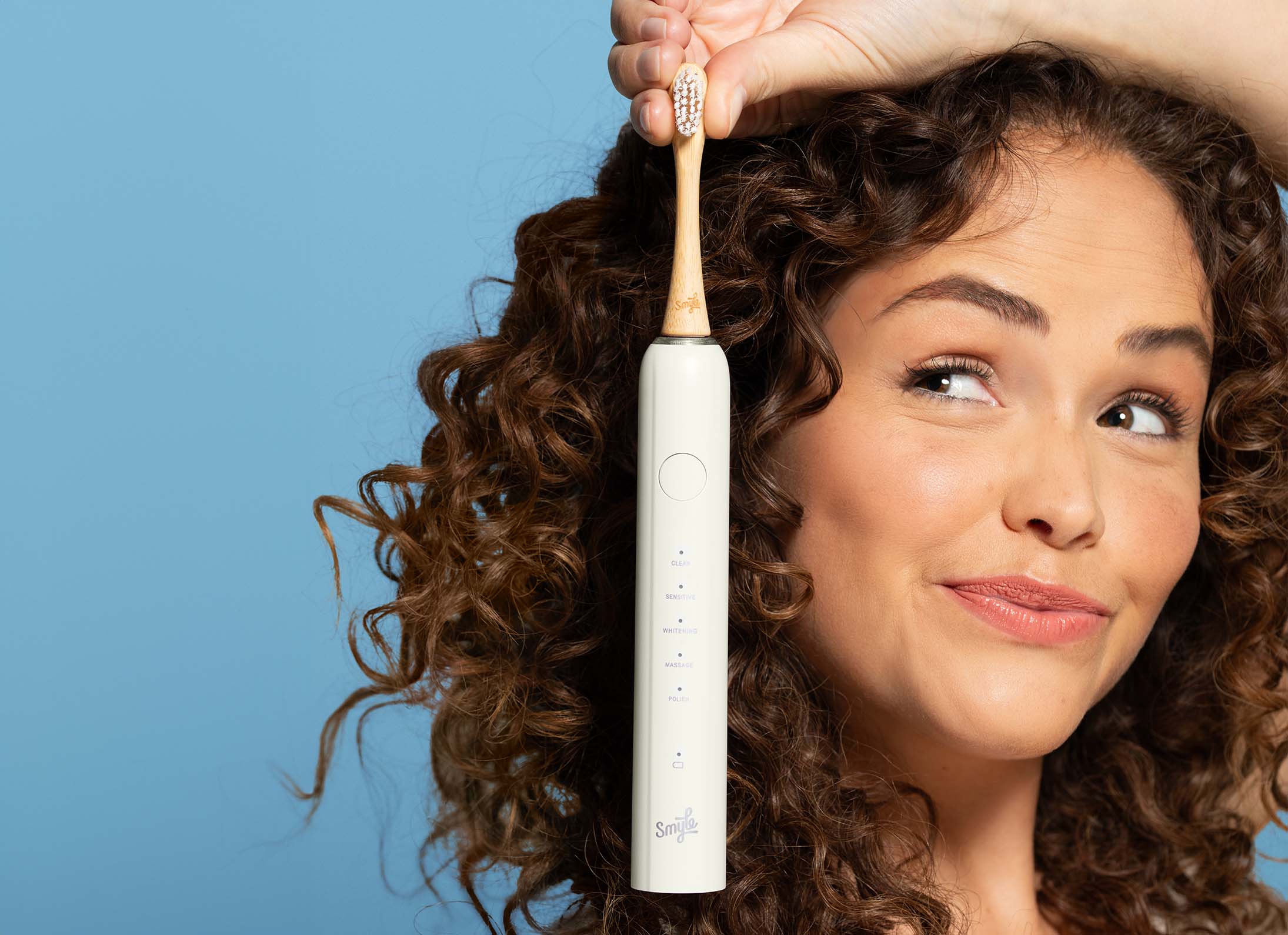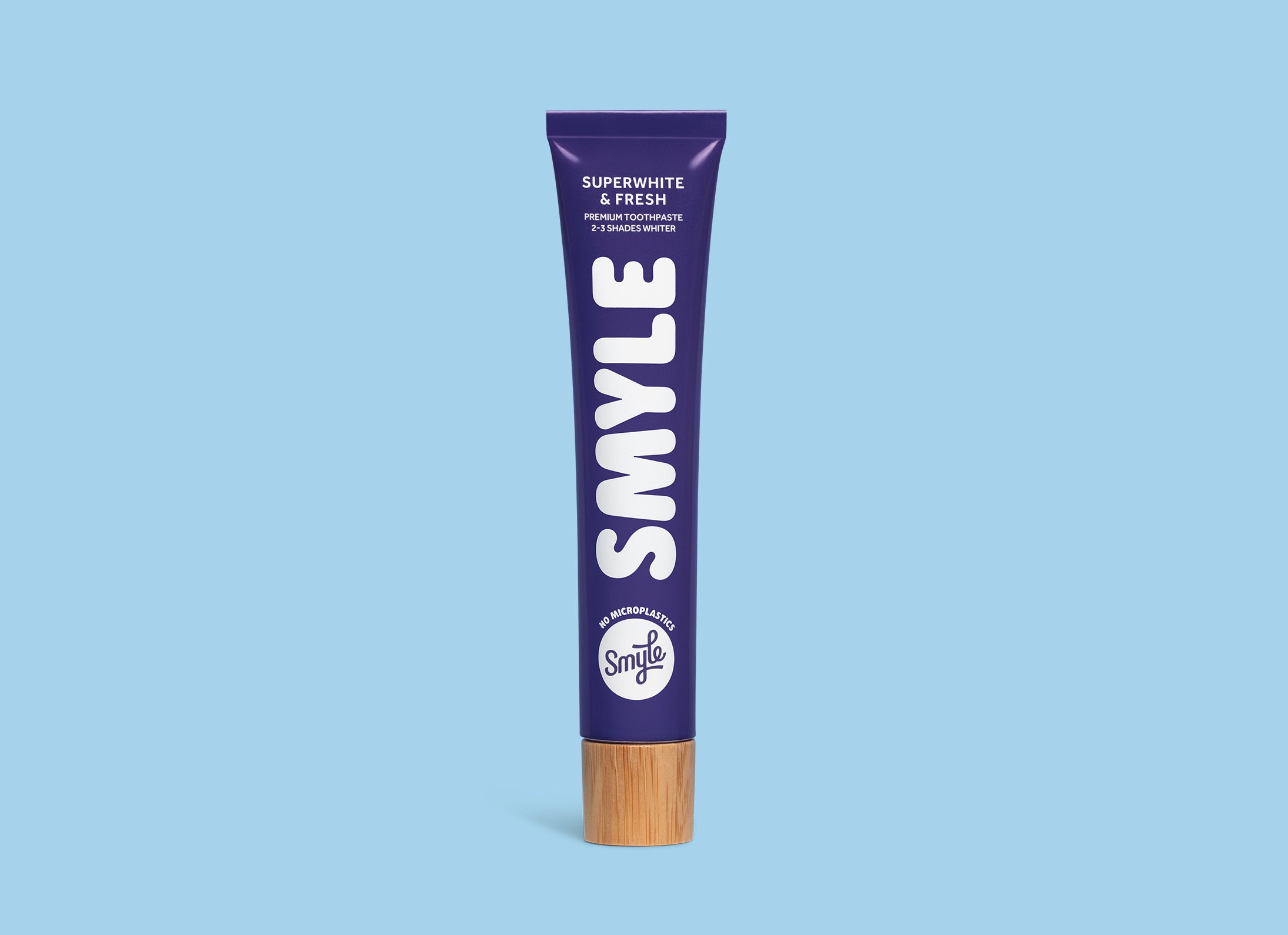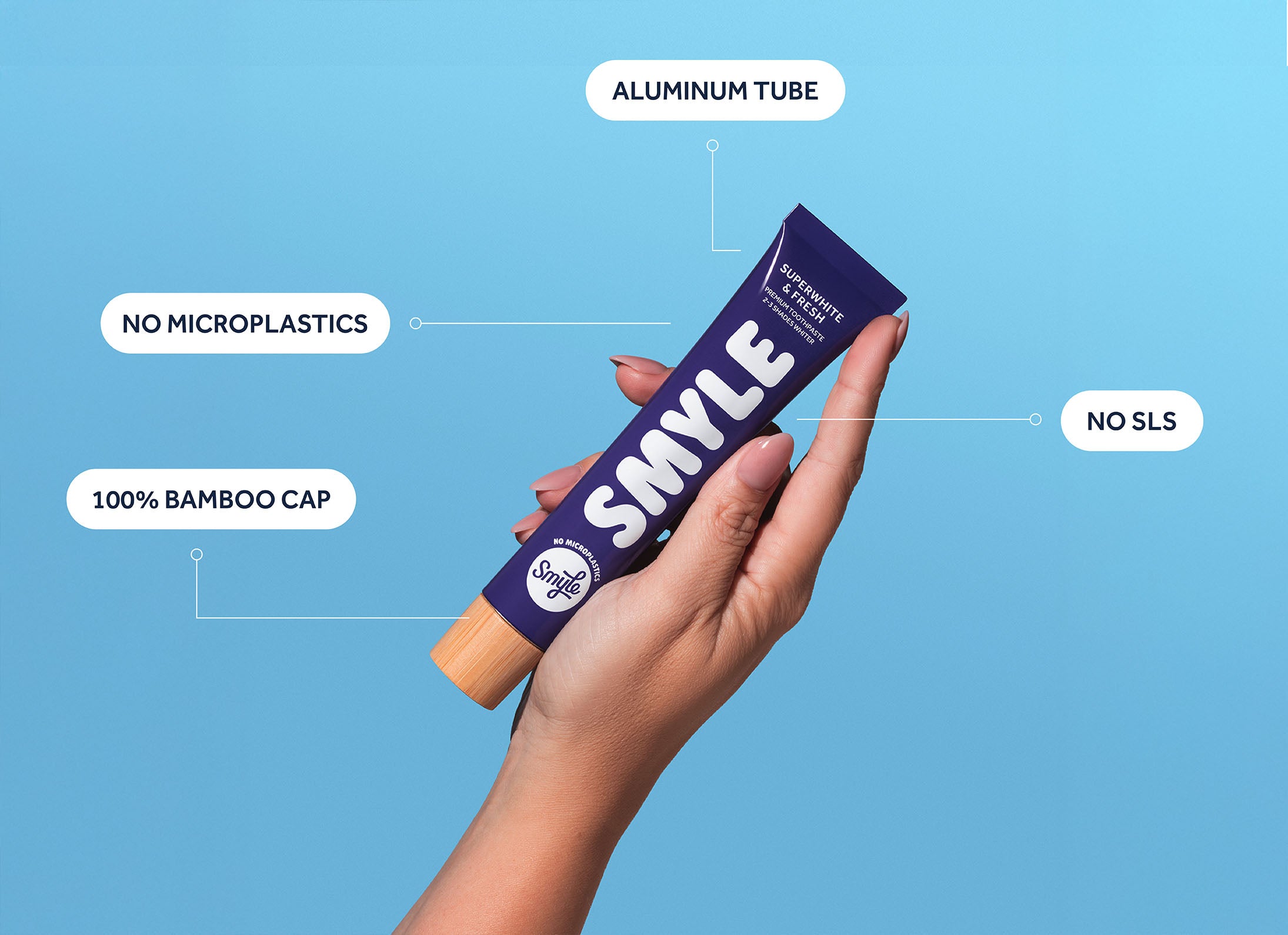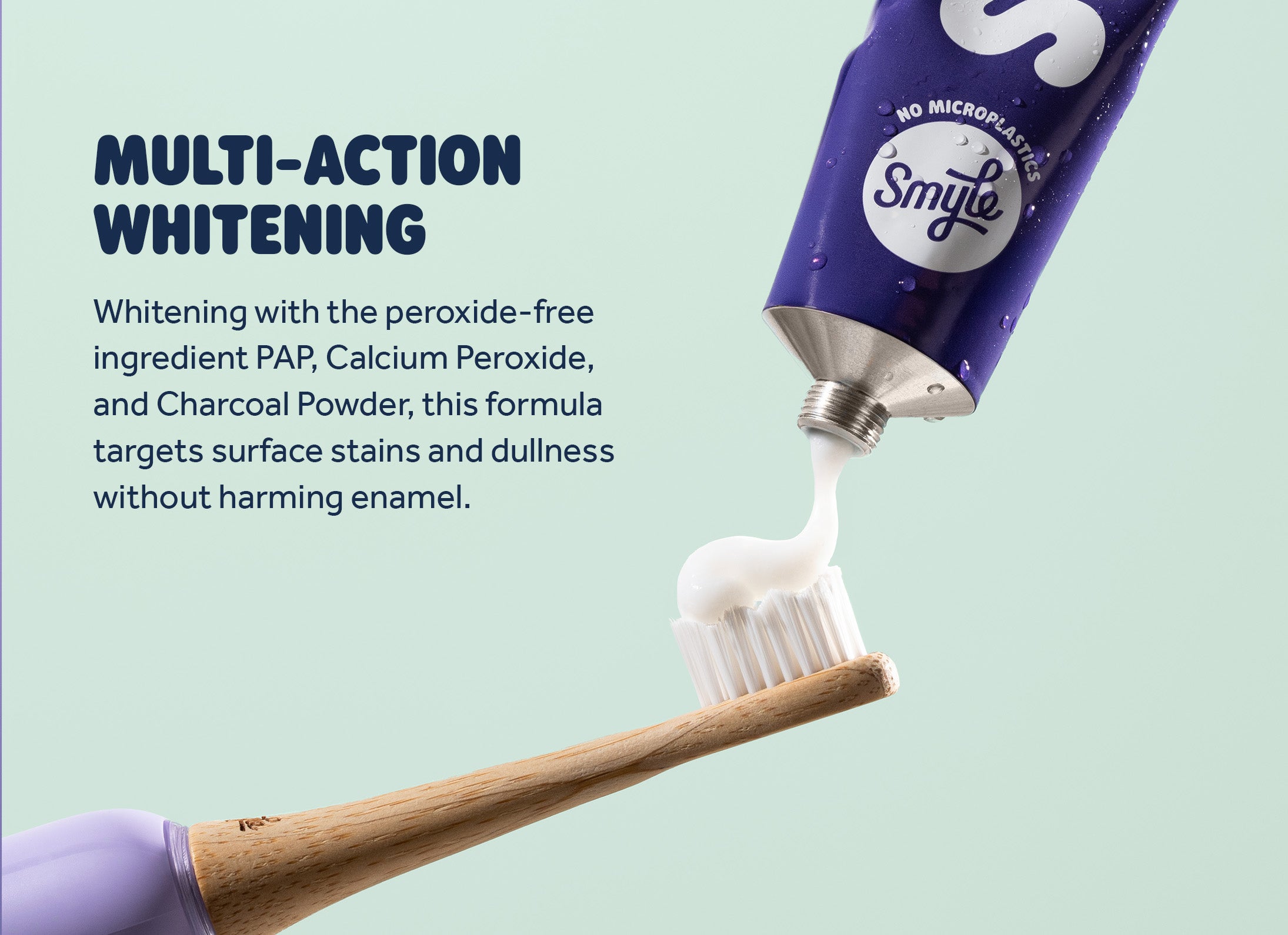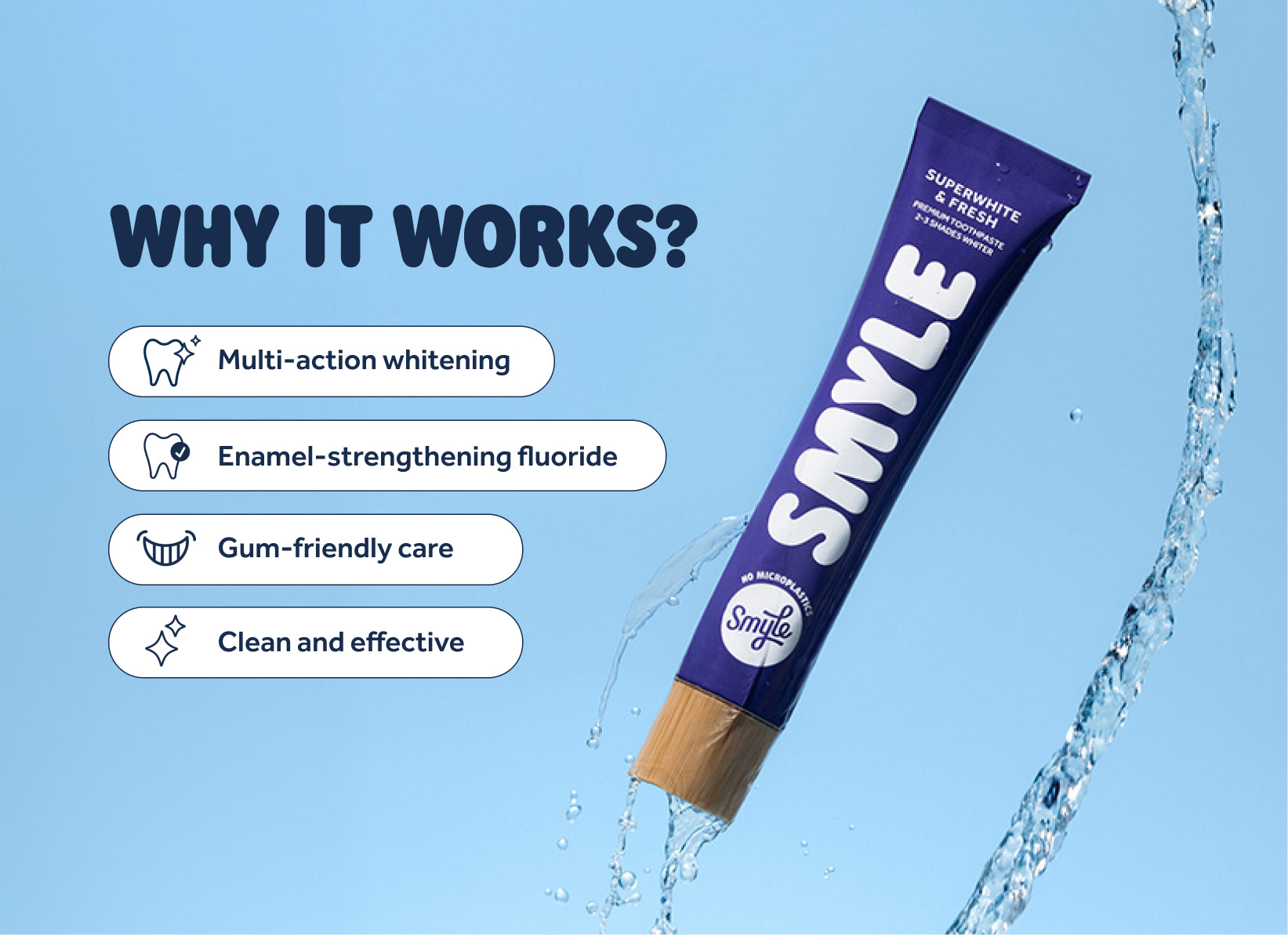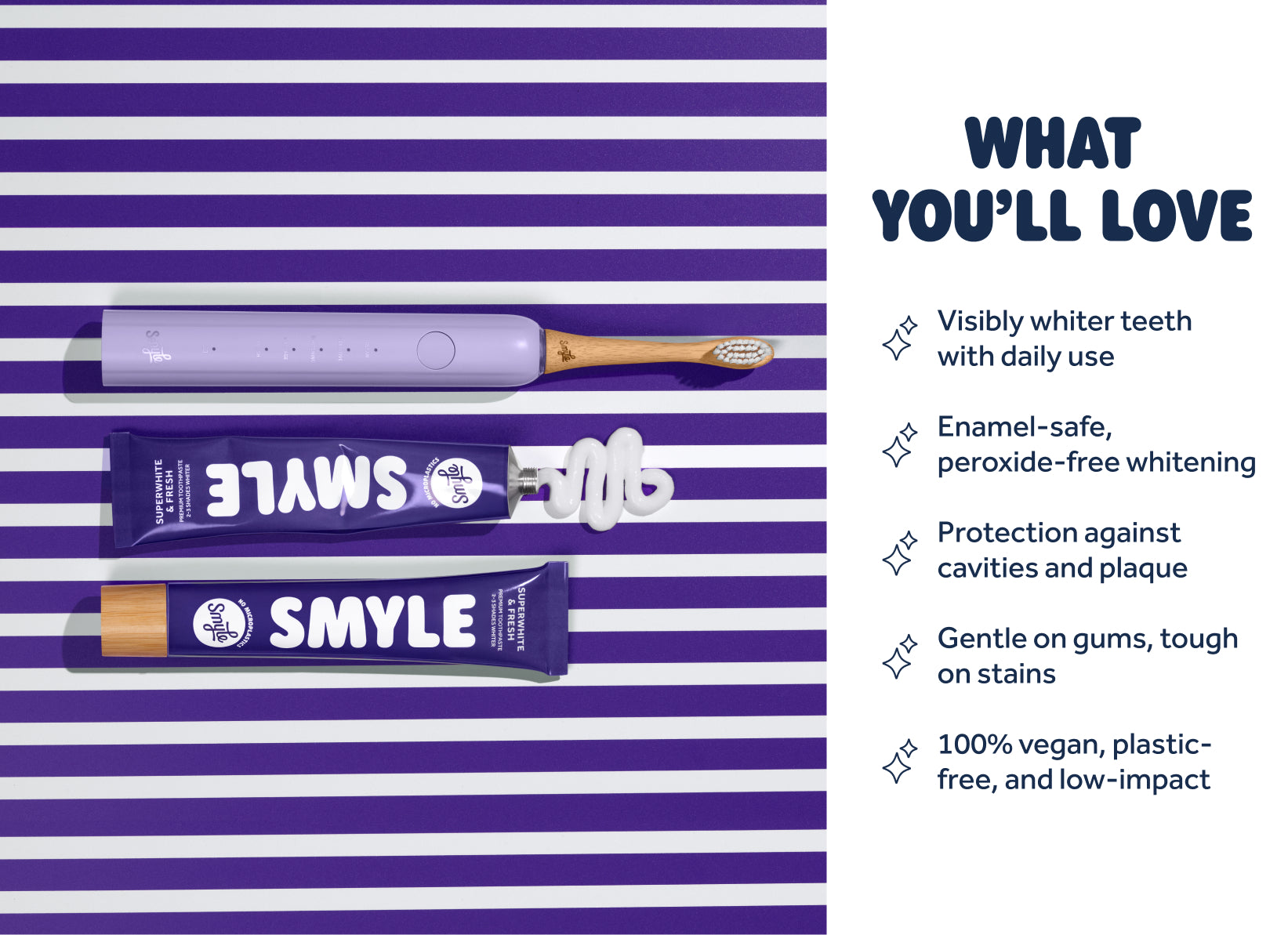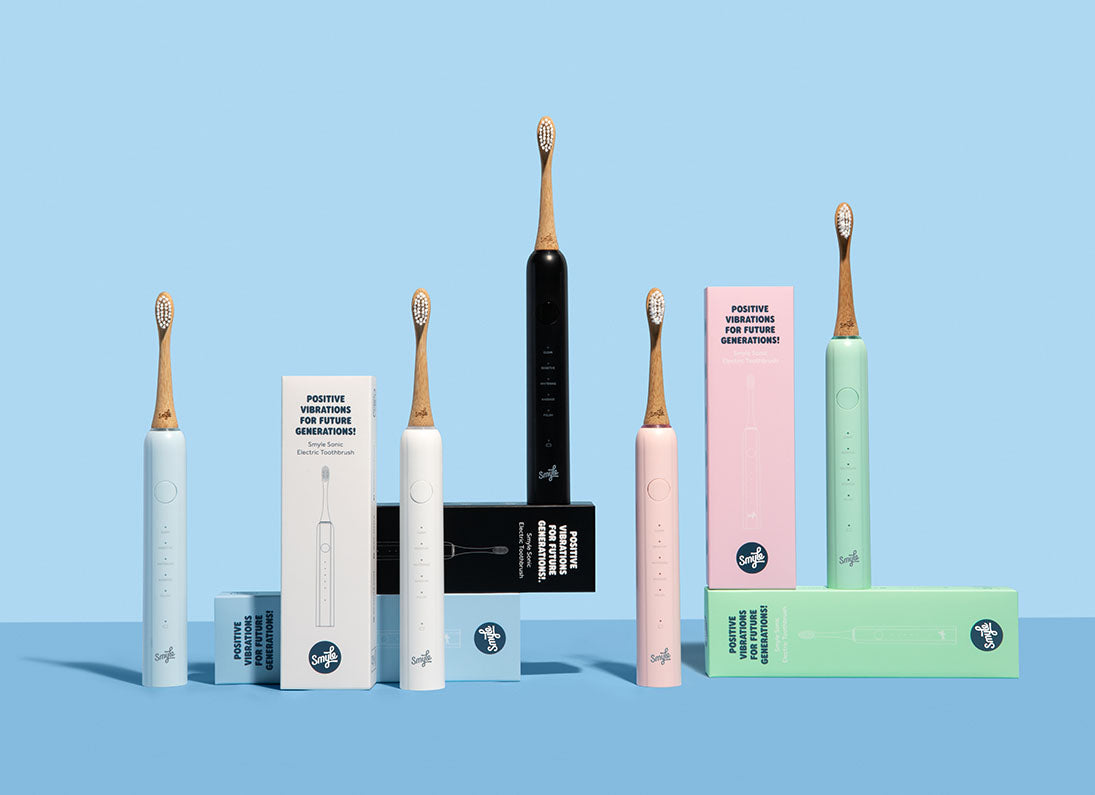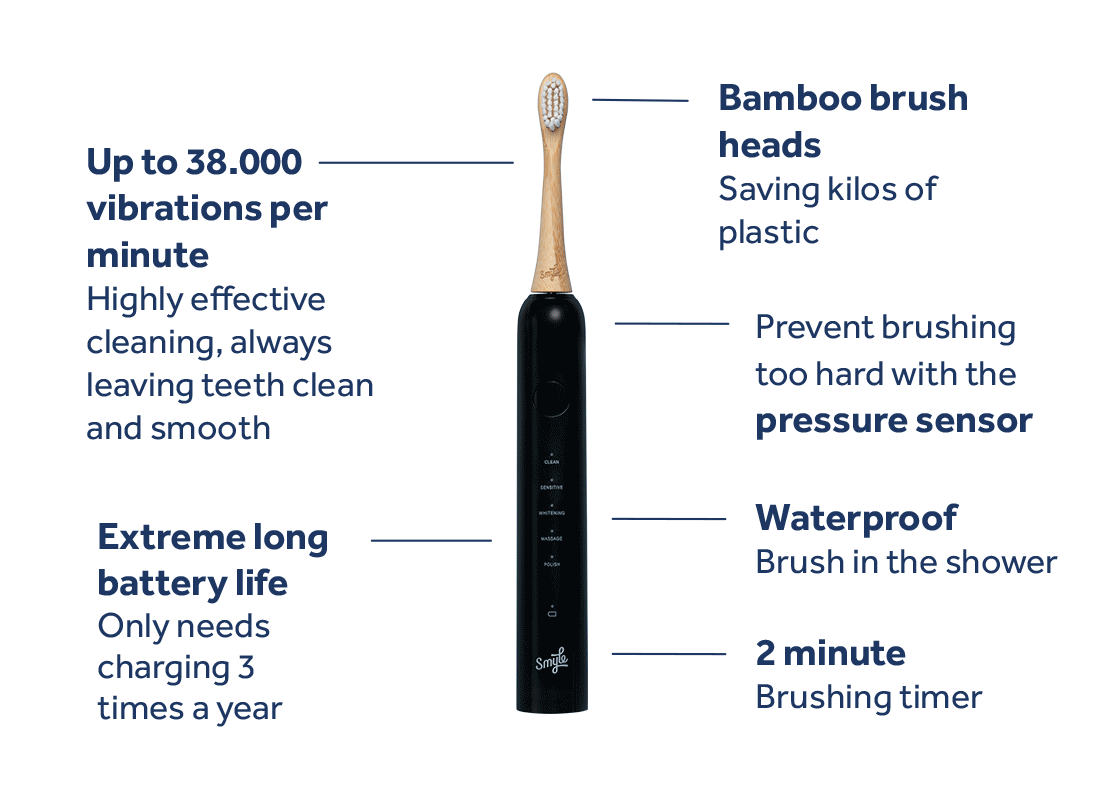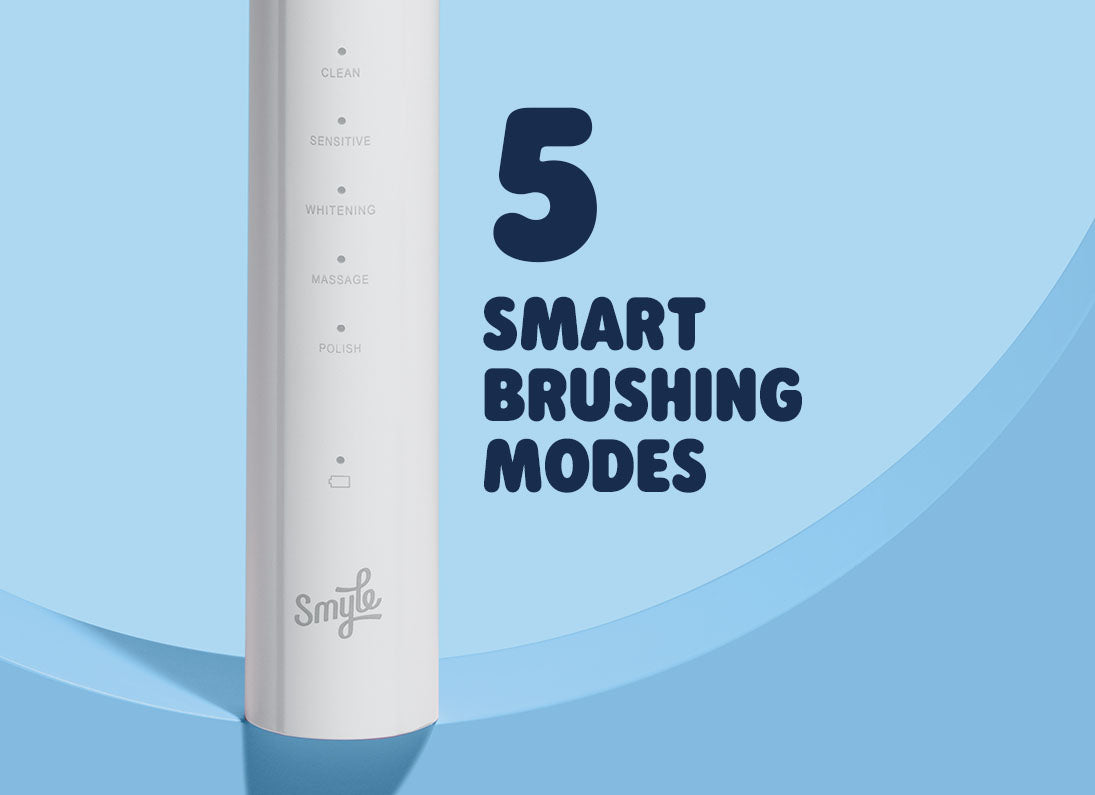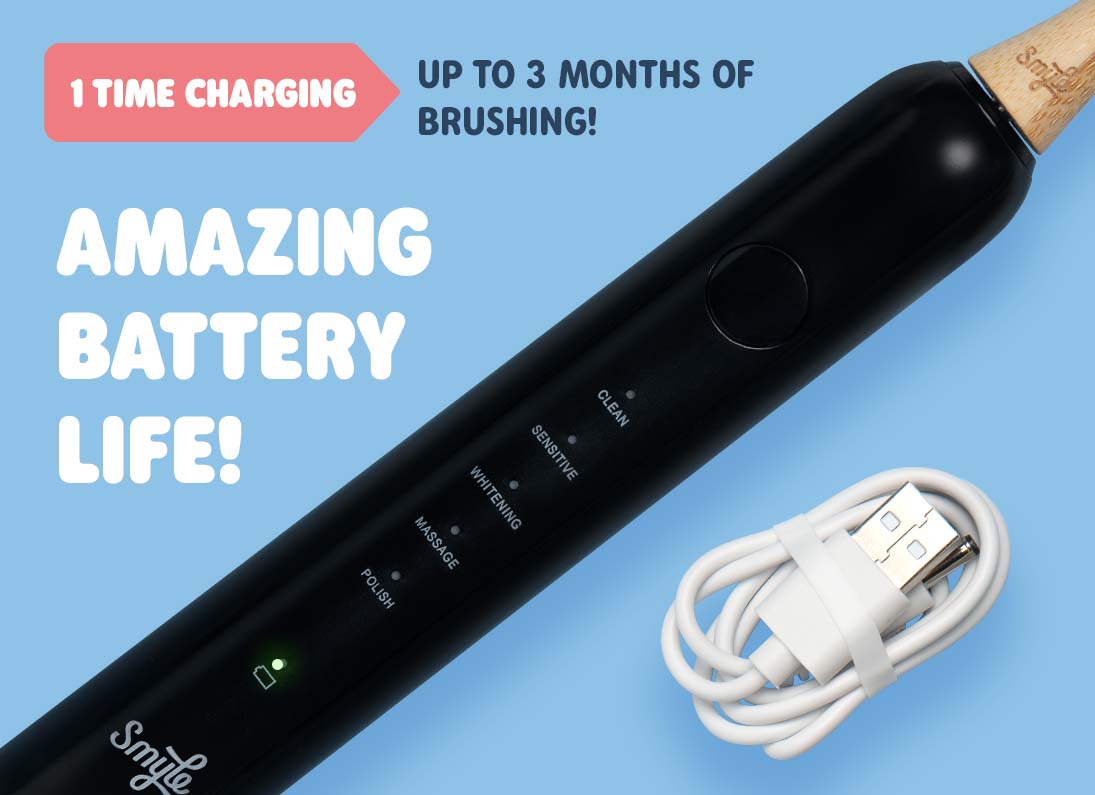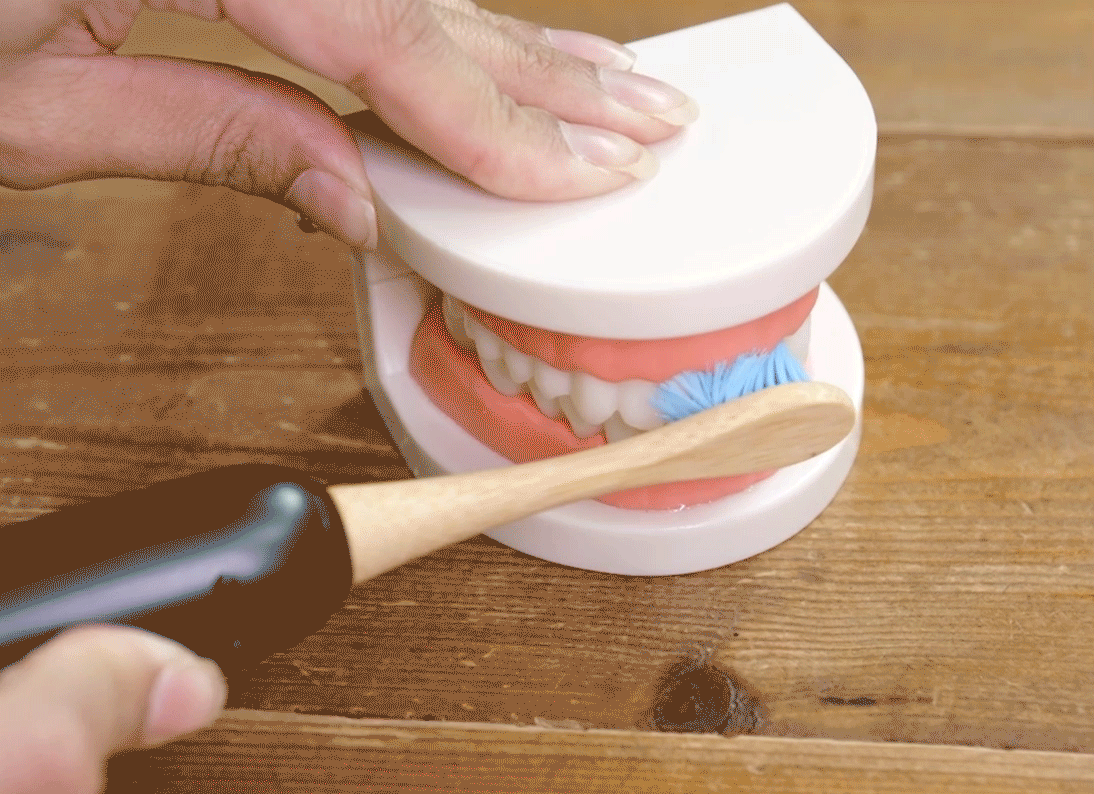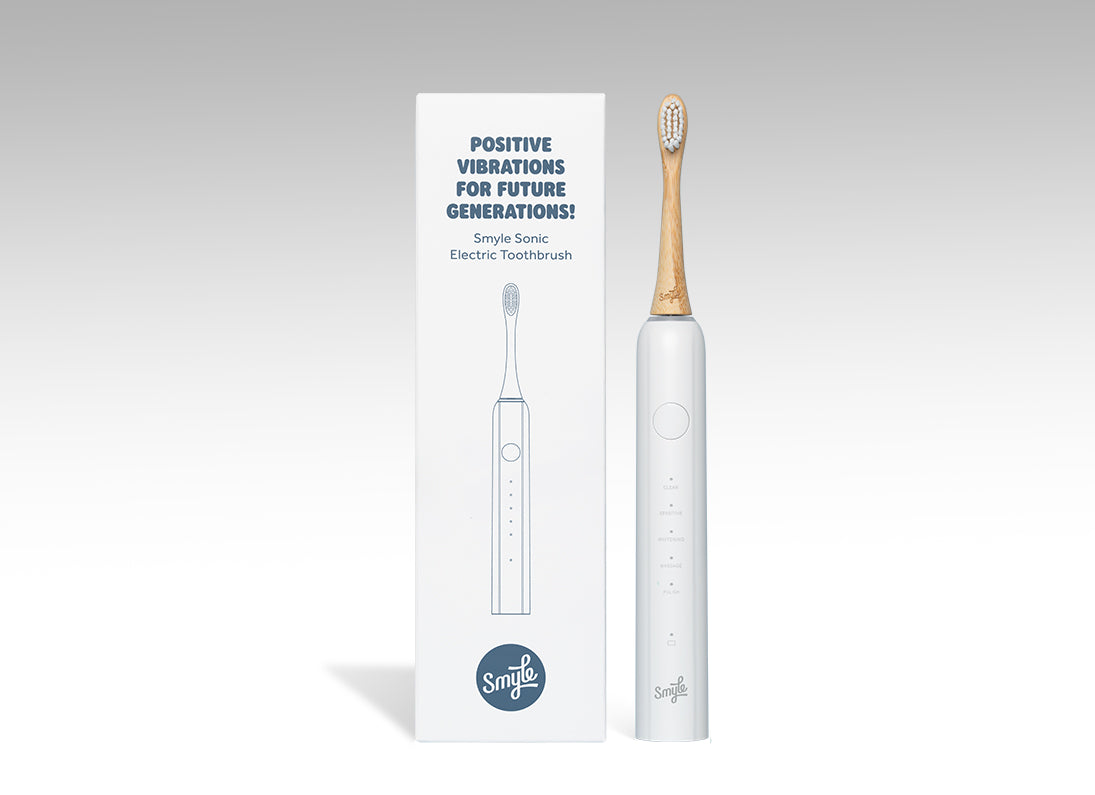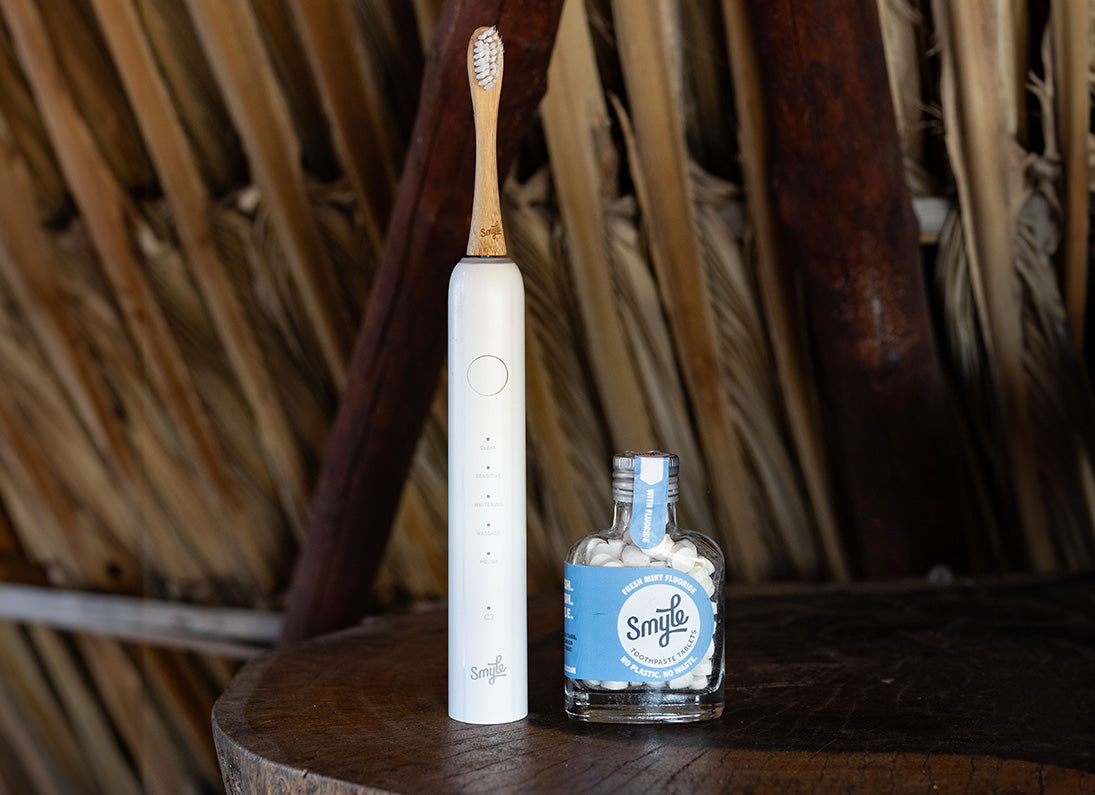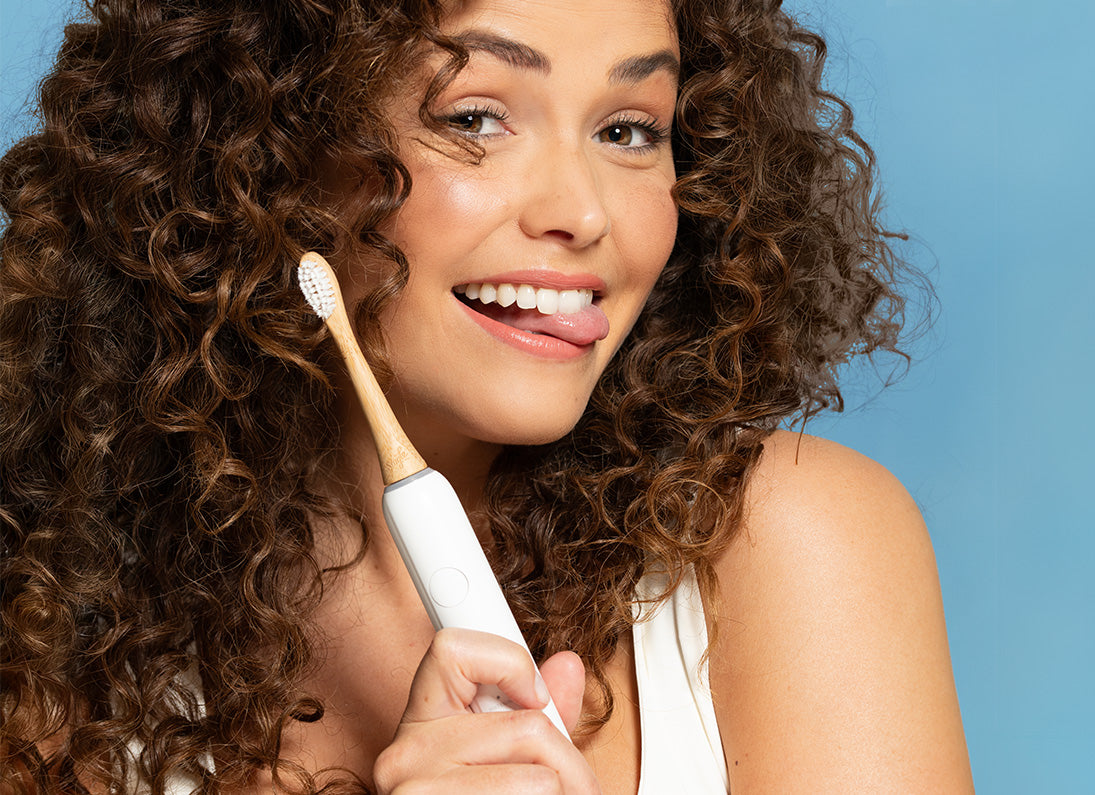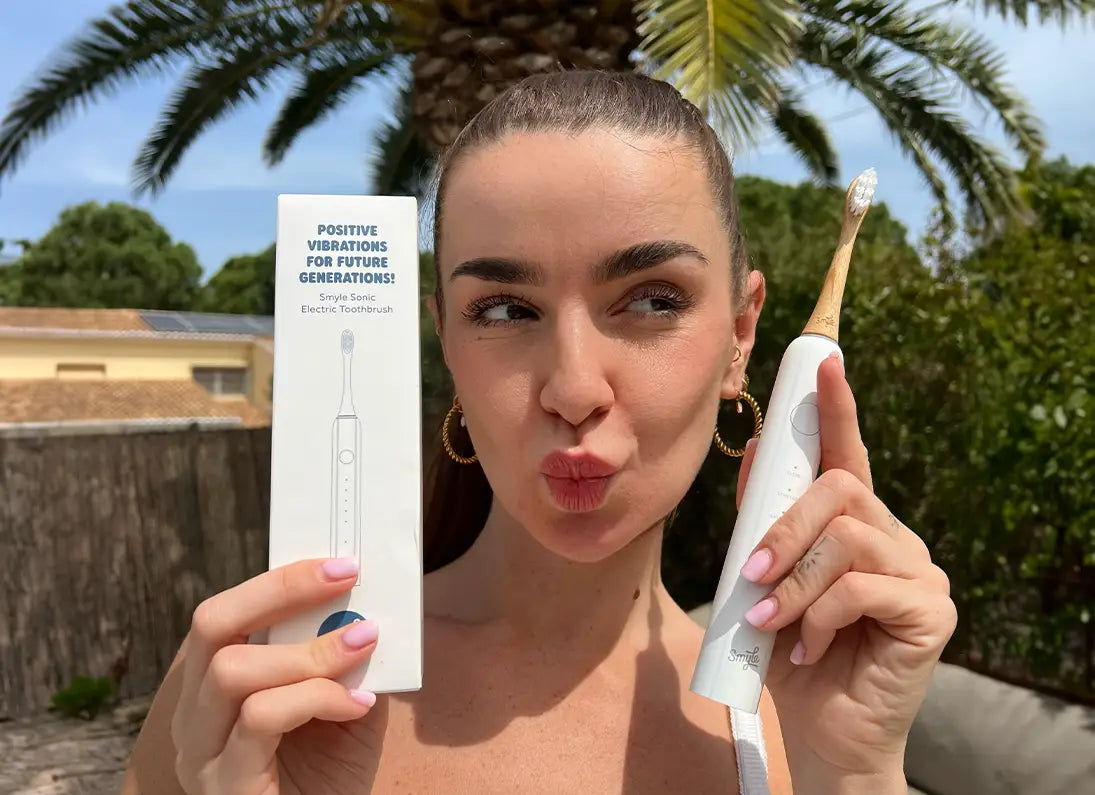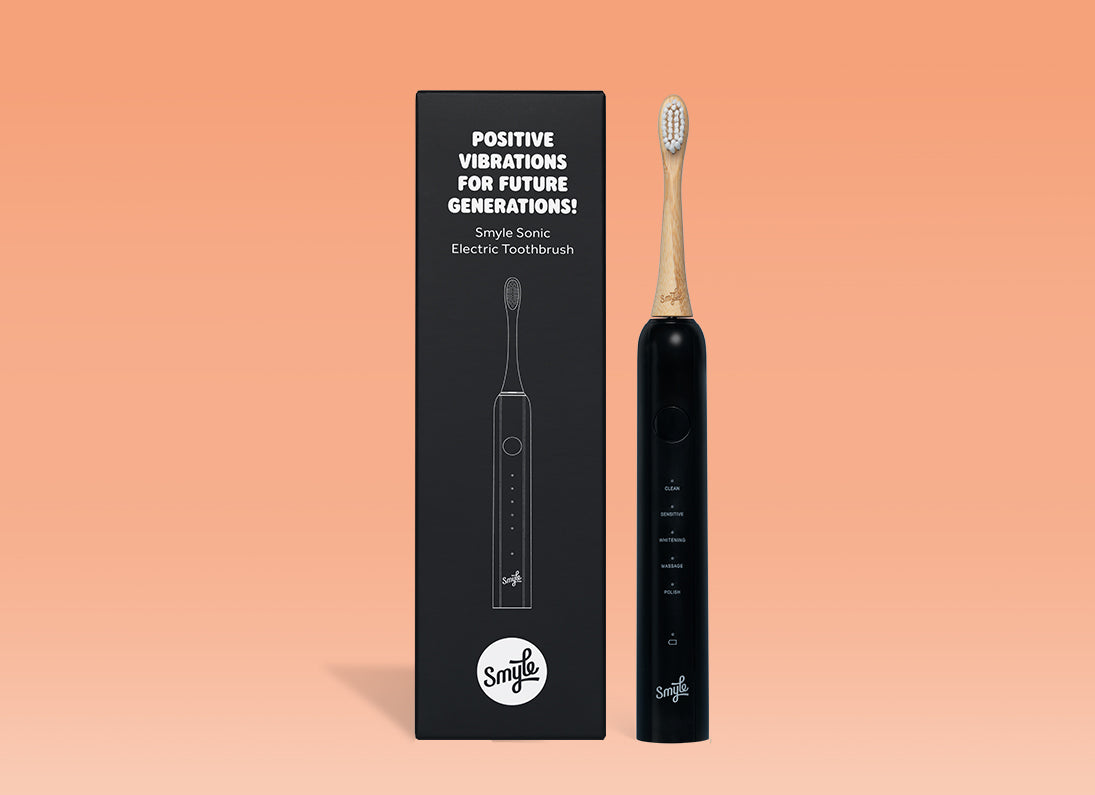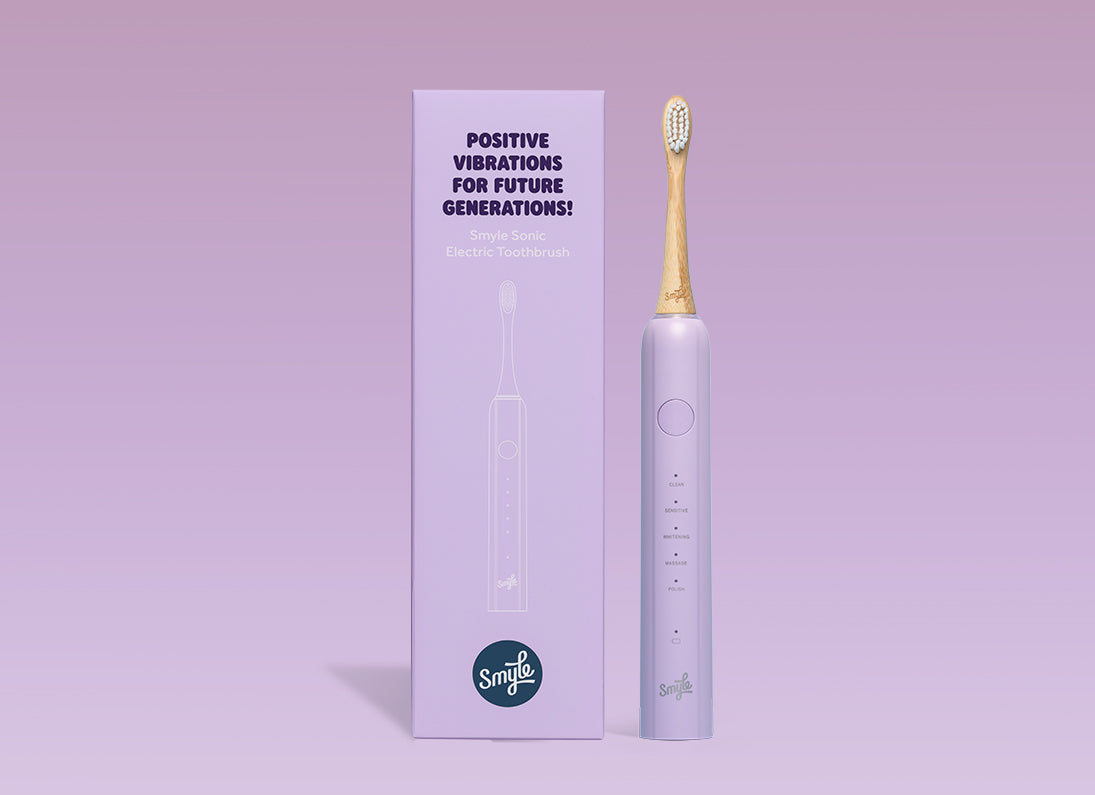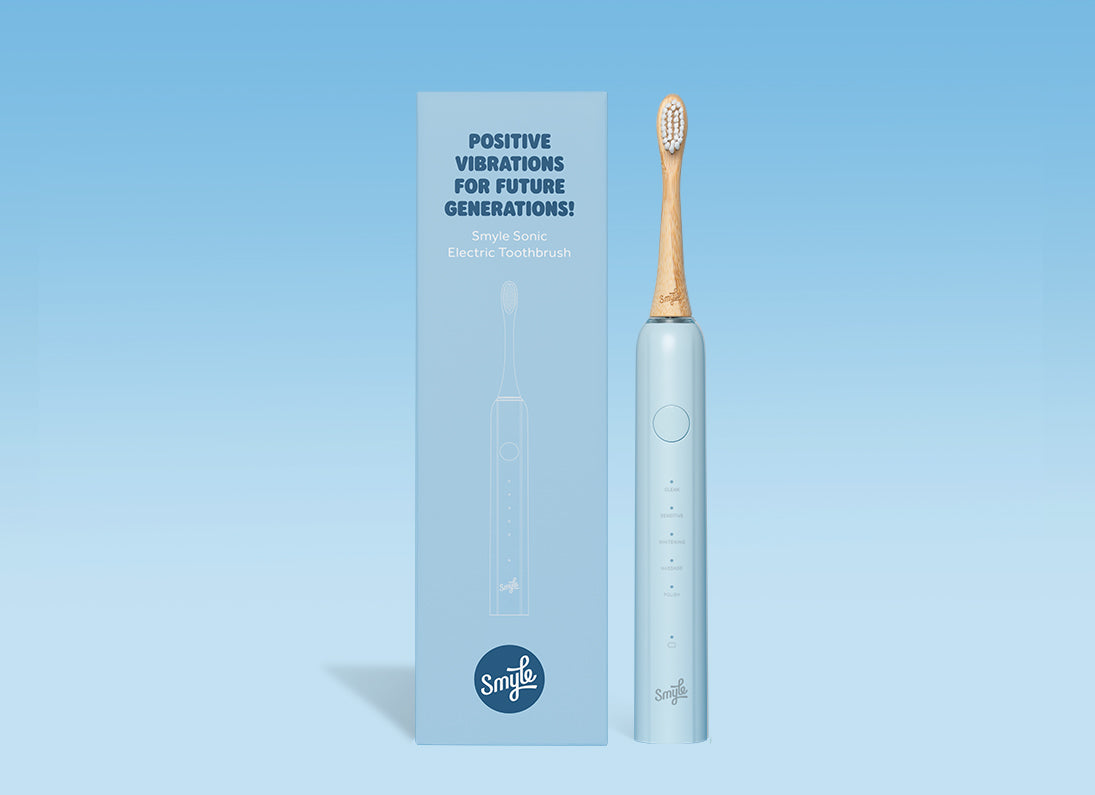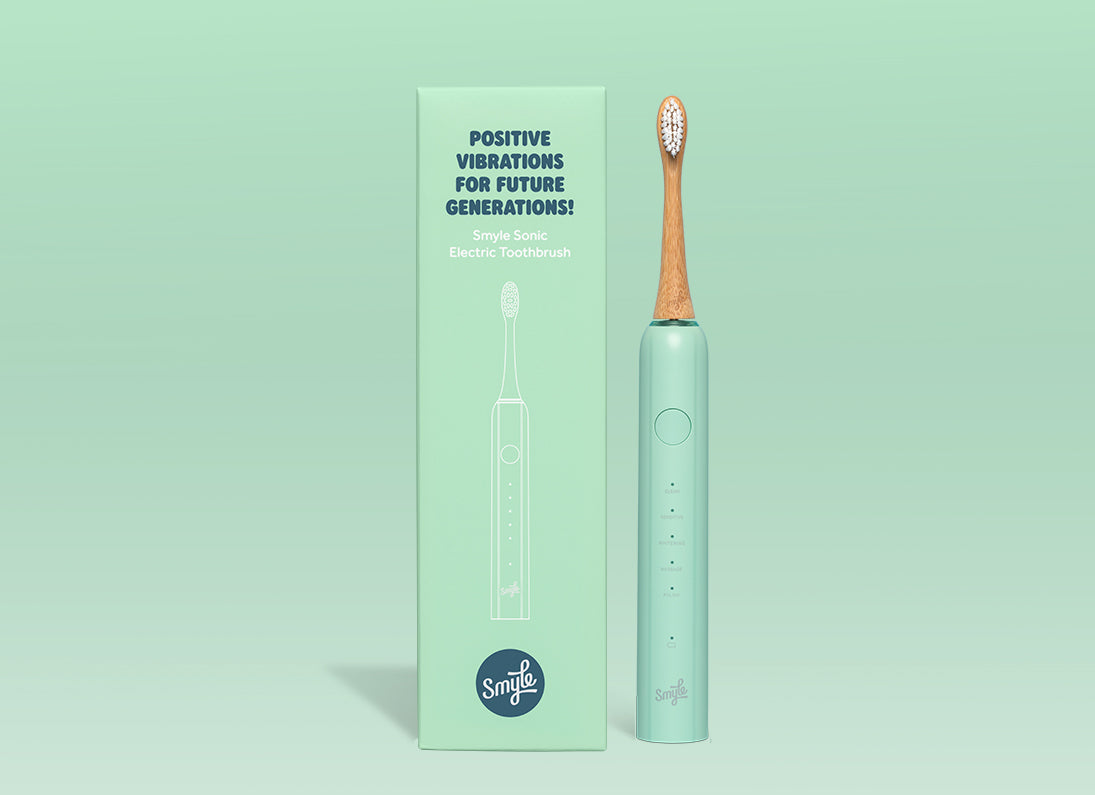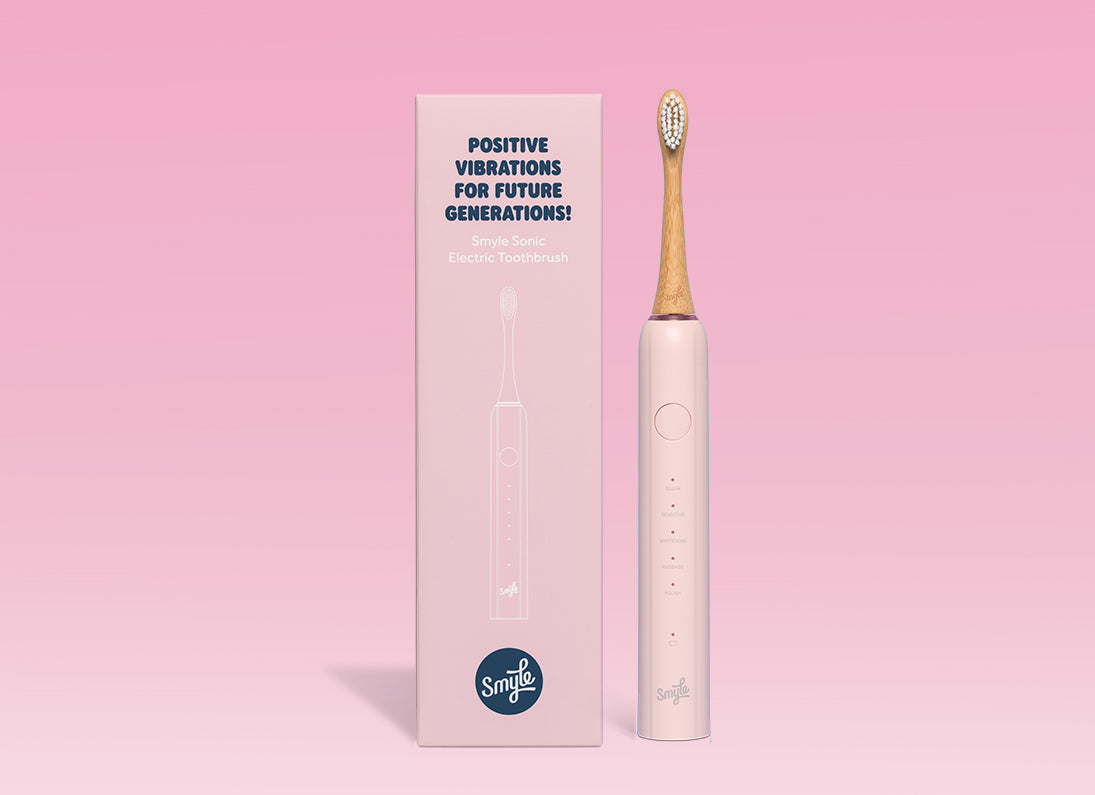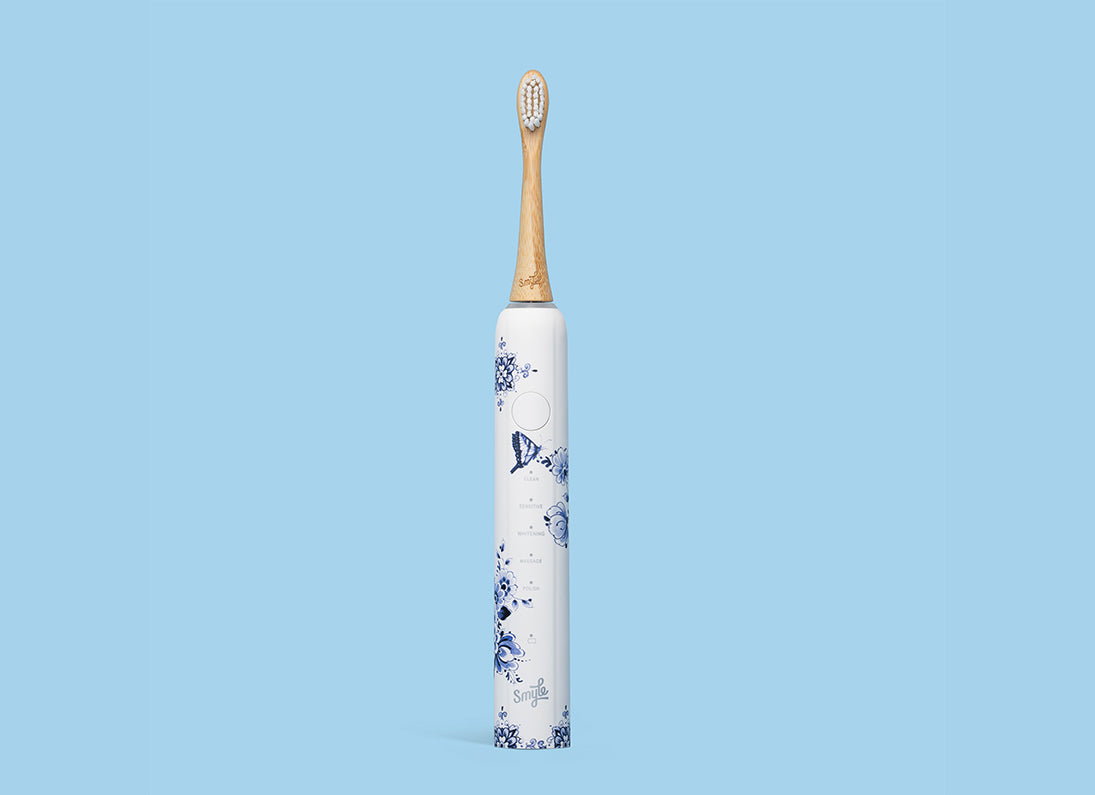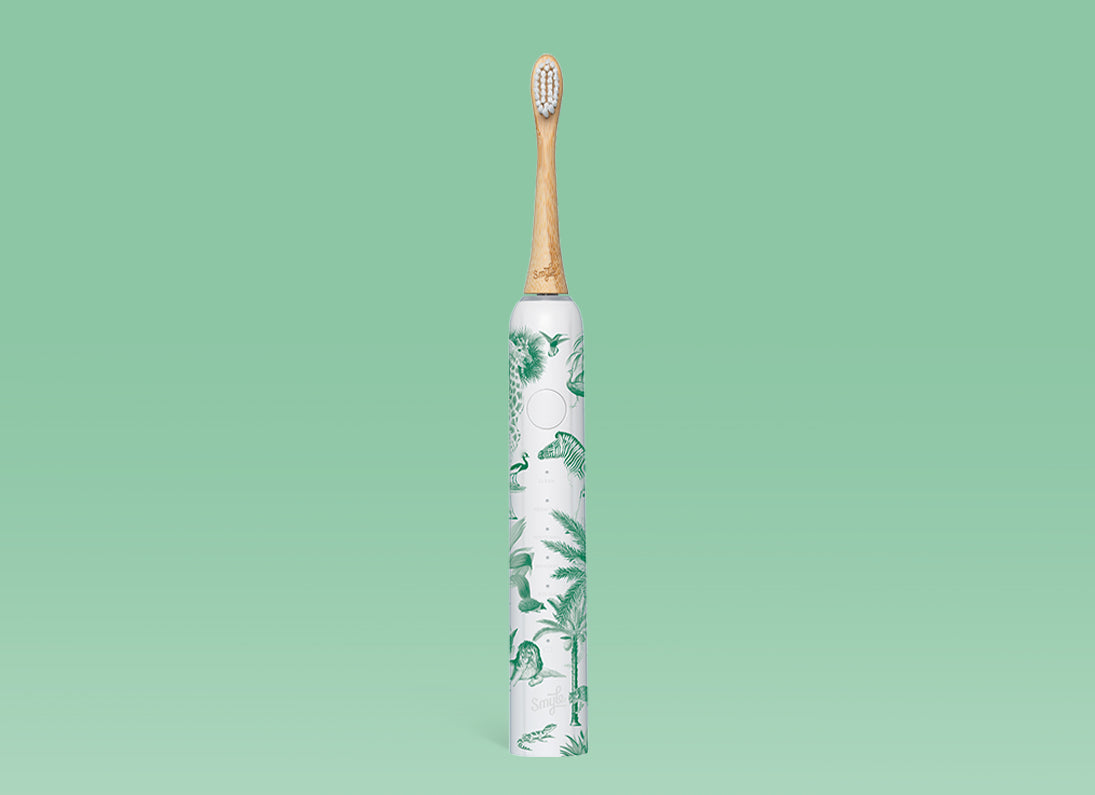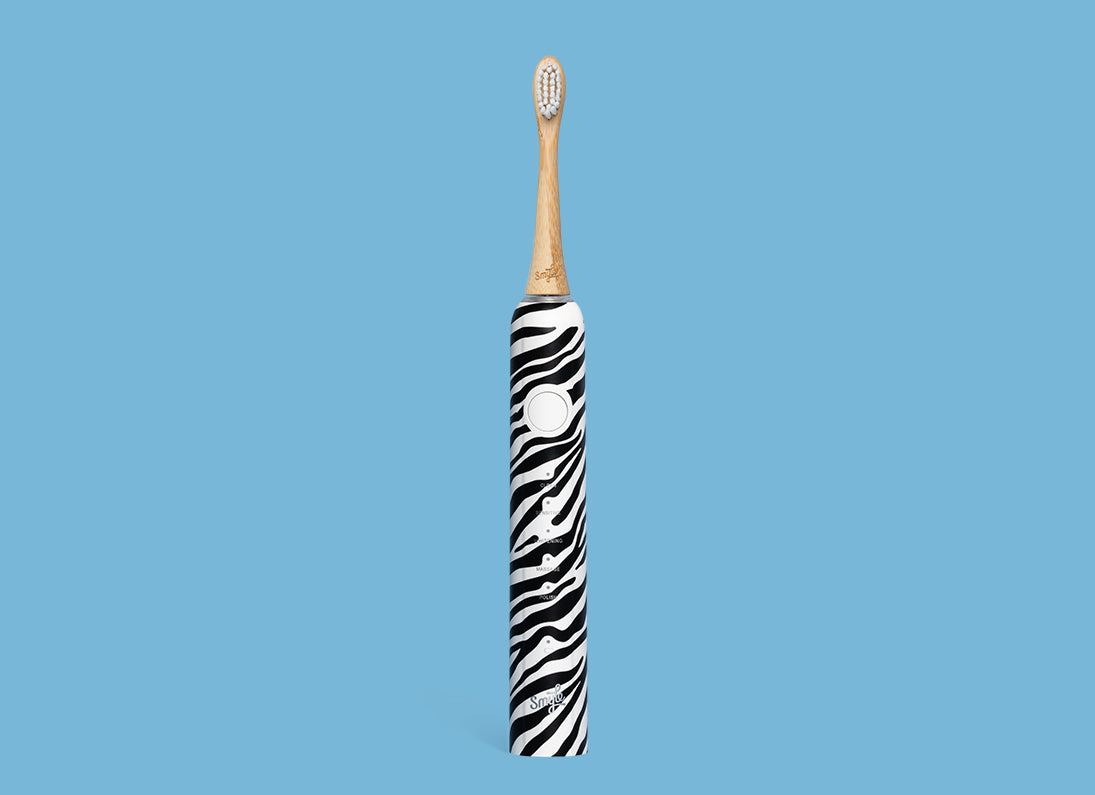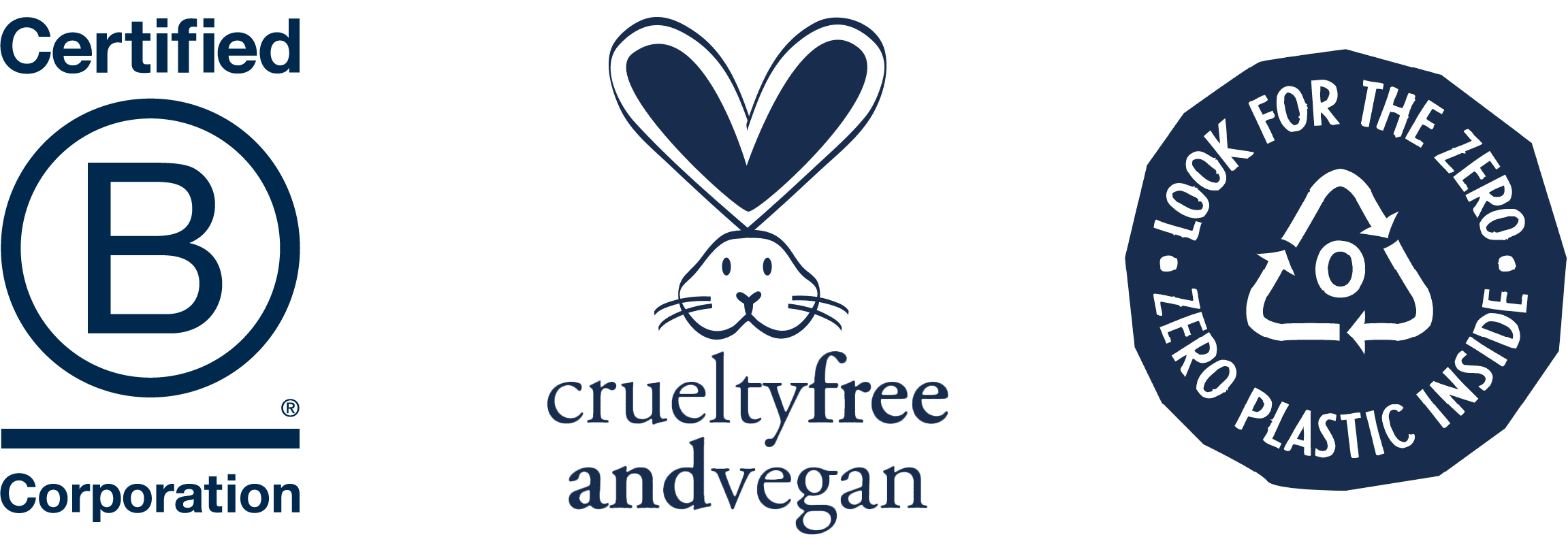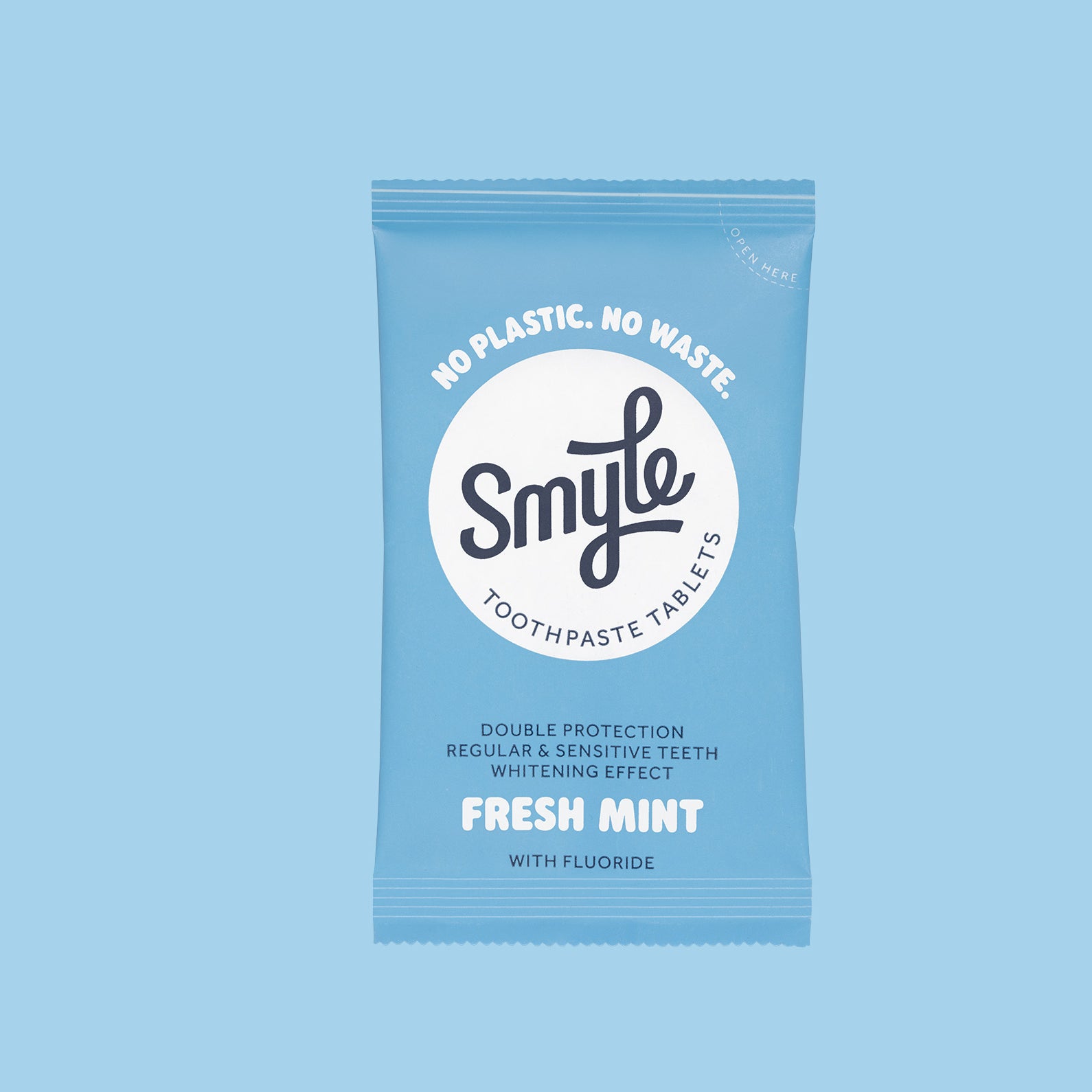
Let’s get straight to the point—yes!!!
Did you know that your gums are just as important to your oral health as your teeth? It’s true! That’s why in this post we’re diving deep into the topic of brushing your gums. Brushing with toothpaste isn’t just important for your teeth. In fact, it also plays a crucial role in keeping your gums clean and healthy. Proper brushing can help prevent issues like gum inflammation and other oral diseases.
But how exactly should you brush your gums? And what are the do’s and don’ts of gum brushing?
How to Brush Your Gums the Right Way
So yes, brushing your gums is important—but that doesn’t mean pressing your toothbrush directly onto the gum tissue. It’s more about brushing along the gum line. Let’s look at how to do this properly.
-
Use the right toothbrush: A soft-bristled toothbrush is ideal because it won’t irritate your gums. There are also special toothbrushes with angled bristles that clean effectively along the gum line. For kids, use electric brushes designed for them, or find the right brush heads for your electric toothbrush.
-
Proper technique: Hold your toothbrush with toothpaste at a 45-degree angle to your gums. Use gentle, circular motions. Avoid brushing too hard—this can damage your gum tissue.
-
Don’t forget the back of your teeth: Many people skip brushing the back side of their teeth and gums, but this area can be a breeding ground for bacteria.
-
Brush your tongue too: Bacteria also build up on your tongue, and if left there, they can transfer back to your teeth and gums. Use your toothbrush or a handy tongue scraper—like Smyle’s—to keep your tongue clean.
-
Timing matters: Brush for at least two minutes. This gives you enough time to reach every part of your mouth.
It may sound simple, but the right technique can make a huge difference in your gum health. For example, brushing too hard can lead to gum recession. Now let’s look at how to maintain healthy gums.
Tips for Healthy Gums
So now you’re brushing your gums properly—great! But what else can you do to keep them in top shape?
-
Flossing: Flossing is just as important as brushing when it comes to gum health. It helps remove food particles and bacteria stuck between your teeth. If you prefer, use interdental brushes. Floss at least once a day for the best results.
-
Regular dental checkups: Visiting your dentist regularly helps catch problems early. Your dentist can also give personalized advice on how to care for your gums.
-
Quit smoking: Smoking significantly increases your risk of gum disease. If you smoke, it’s a good idea to work toward quitting.
-
Balanced nutrition: A diet rich in fruits, vegetables, and whole grains supports healthy gums. Try to limit sugar intake where possible, as sugar fuels harmful bacteria.
As you can see, taking care of your gums goes beyond brushing. It’s a combination of good oral hygiene and healthy lifestyle habits.
What Happens If You Neglect Your Gums?
We’ve talked about why brushing your gums is important and how to do it right. But what actually happens if you don’t—and neglect your gum health?
Neglecting your gums can lead to various problems. The first stage is usually gingivitis, a mild gum disease that can cause redness, swelling, and bleeding. If left untreated, it can progress to periodontitis, a more serious condition that can damage the bone surrounding your teeth.
Over time, untreated periodontitis can lead to tooth loss and have a significant impact on your overall health. Research has linked gum disease to a higher risk of heart disease and diabetes.
Those are serious consequences—but the good news is, they’re mostly preventable with proper care. So grab that toothbrush, start brushing and flossing, and let your smile shine again!

